3rd Grade Learning: 10 Science Projects You Can Do at Home
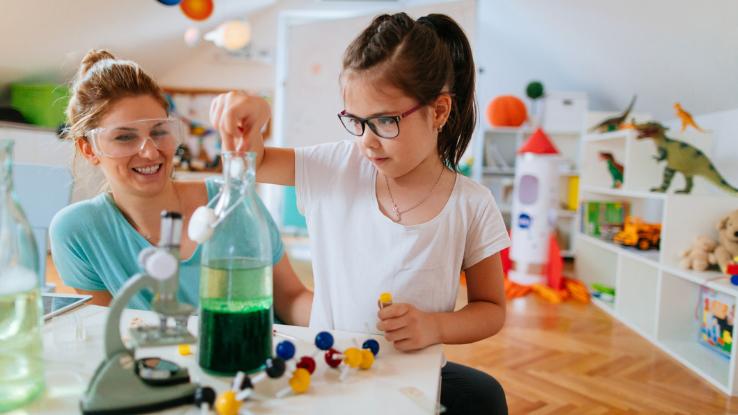
Keeping students engaged with their schoolwork and excited to learn has been more than a little challenging since March of 2020. Even if your student is back to school full time or doing a hybrid model, they might still have long breaks when they can lose some of the learning gains they made in class. We’ve compiled a list of third grade science projects to help reinforce important concepts when kids aren’t in school.
Science, technology, engineering and math, or STEM, is widely regarded as a field that’ll be filled with future opportunities. Encouraging an interest in these areas at an early age can lead to career success as well as innovations that can save lives. Third grade STEM projects can help any youngster in your life develop more curiosity about these more complex subjects as they mature and develop.
While most of these experiments are geared towards a third grade learning level, you can try many of them with younger students as long as you provide proper supervision. These experiments can also be helpful for third grade tutors, homeschool curriculums for third grade learners and beyond.
1. “Grow” Your Own Rock Candy at Home
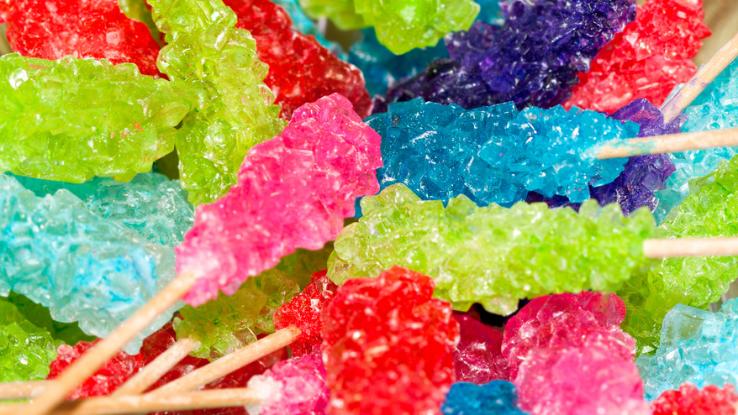
How fun does a STEM project for third graders that engages the taste buds sound? With household objects like sugar, water, skewers, food coloring and a jar, you can turn your kitchen into a candy boutique. While it may all look like sweet fun, kids are actually seeing the process of saturation in a solution take place. They’ll also be learning patience — it takes about a week to create the candy. That makes this experiment great for the start of a school break or for monotonous winter months. Checking the growing rock candy every day can bring intrigue in addition to smiles.
2. Experiment With Erosion at Home Using Outdoor Materials
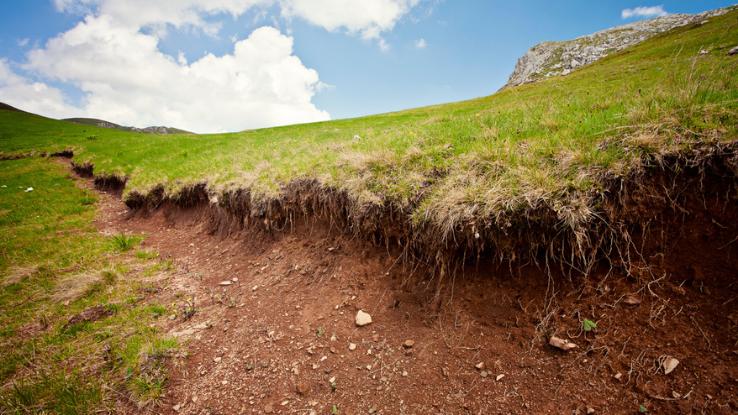
Erosion is the gradual destruction or diminution of something. Usually, this term is applied to rocks and coastlines. Causes of erosion include water, wind, dirt and human activities, and the process can impact ecosystems in a variety of ways. For this experiment, you’ll need water, two foil trays, soil with grass and soil without grass. Put each type of soil in its own foil tray. Using the cups to pour water onto the two different types of soil, kids will be able to see erosion in action, and they may notice that the soil with grass erodes much slower. This lesson secretly teaches students the importance of environmental stewardship in addition to erosion.
3. Find Out If Glitter + Soap = Fighting a Pandemic

Glitter is objectively the most ubiquitous material you can find at the store. It gets everywhere, much like germs. For this experiment, you’ll need glitter, water, dish soap and a dish. By observing how the glitter moves around on the water, kids can see soap’s germ-fighting powers in action. This helps highlight the importance of washing our hands — to third graders and anyone who needs a refresher. After the COVID-19 pandemic, you definitely want your family to become professional hand-washers.
4. Learn Friction by Sledding
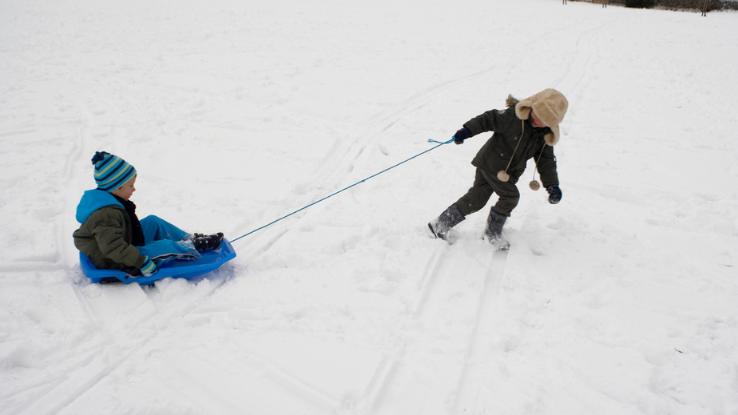
This may be the only time sledding in the house will ever be okay. Using rope, students can pull themselves across different surfaces to feel friction in action. If you don’t have a snowsled or one of the wooden sleds featured here, get creative and use a large tray, a trash can lid or another object that won’t damage your home’s floor. Using different sleds or surfaces shows how different textures create different types of friction. This is a great experiment because it’s active and fun, and it also teaches kids about simple engineering concepts.
5. Visualize Climate Change With Homemade Icebergs
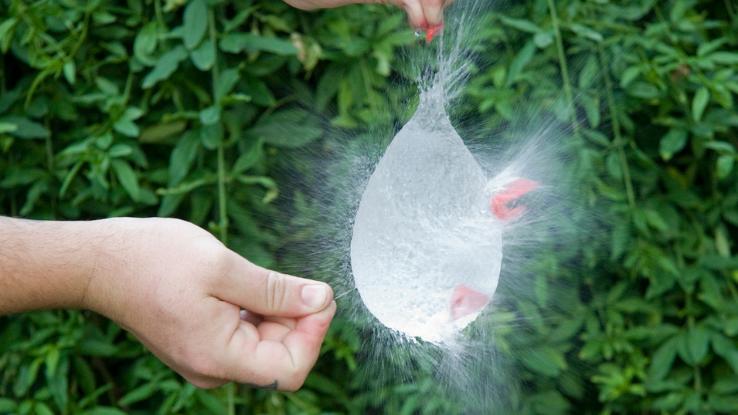
Fill up a balloon with water and let it freeze. You can do this with as many balloons as you like, freezer space permitting. After freezing the water and removing the balloon, your kids will have your very own iceberg. It can go in the bathtub, in a local pond or river, the ocean — virtually anywhere. To keep things indoors, you can also fill various bowls with water at different temperatures and add an “iceberg” to each one. As the icebergs’ water melts, your student will see firsthand how climate change is impacting Earth’s polar ice caps.
6. Show the Phases of the Moon With Cream Sandwich Cookies
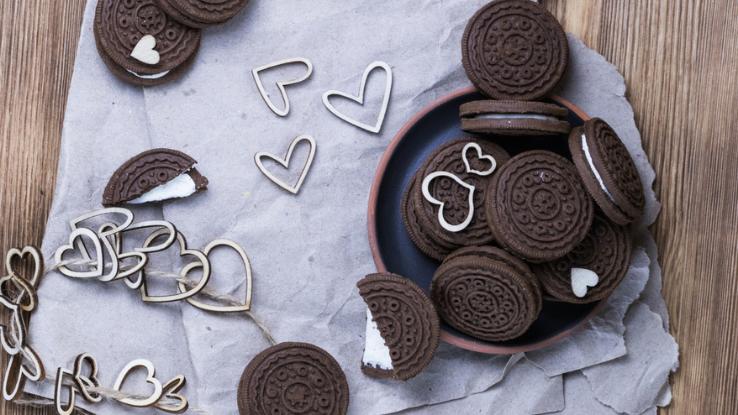
Is it snack time yet? For this third grade science lesson, all you need are eight creamy sandwich cookies and maybe a healthy beverage. Twist apart each cookie so the filling remains intact on one side. Then, your child can scrape away the cream filling on each cookie to look like a different phase of the moon. From a new moon to a waxing gibbous to a full moon, this interactive science activity is great for visual learners. We wish astronomy had more room for Oreos.
7. Make Edible Glass Using Sugar
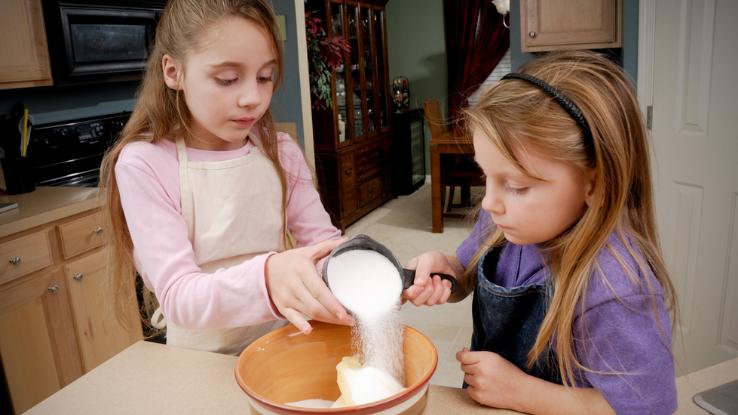
Sand (silicon dioxide) transforms into glass when extreme heat is applied. Show your student an edible, more fun version of the process using sugar. For this experiment, you’ll need caster sugar, water, corn syrup, cream of tartar, butter and a cooking thermometer. Follow these instructions, and you’ll be able to safely make edible glass at home. Not only will your student learn about chemical processes, but they’ll also discover a bit of movie magic: Most fake glass in movies is made from sugar using similar techniques.
8. Make Your Own Raisins Via Sunlight
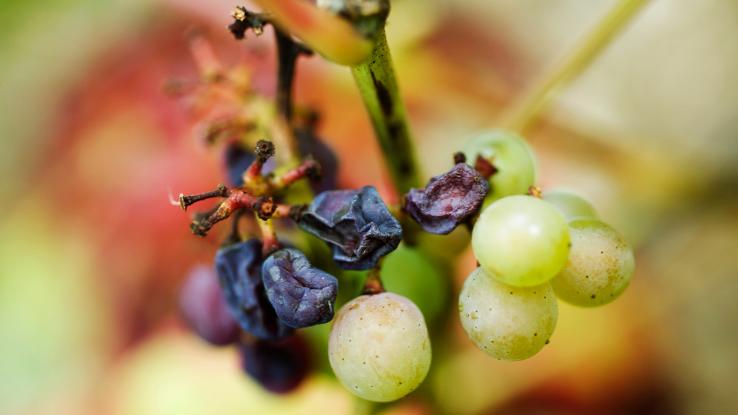
Learn all about aging, food preservation and the power of the sun with this one. All you’ll need are a few grapes and a day with strong sun. Find a bright area where the sunlight can fully reach the grapes, and then let the powerful star get to work. Over the course of a few days, the grapes should dry out and become full-on raisins. You may notice that homemade raisins don’t taste like some of the ones that come in the box — that’s because they don’t have added sugar. Homemade raisins may become your little scientist’s favorite new snack.
9. Clean Up Old Coins…for Science
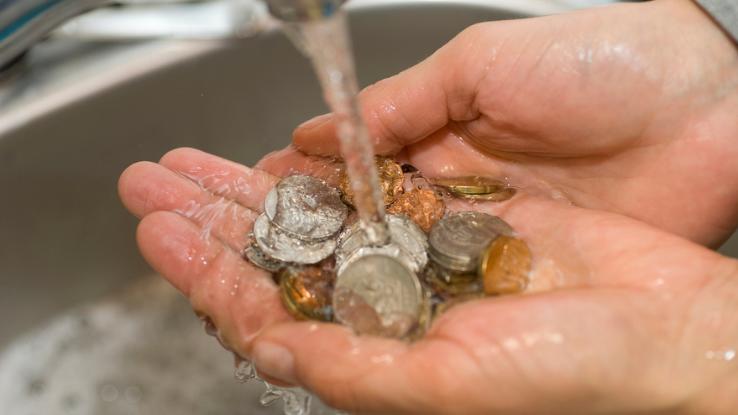
Money is covered with germs. What substance will clean them best? You’ll need a few materials for this one: cola, apple juice, catsup, water, vinegar, salt, tweezers, six containers and six old coins. This experiment only takes about 10 minutes, but it does a great job teaching kids about how metals react to different substances. Submerge the old coins into each of the liquids and let the 10 minutes pass. Remove the coins with the tweezers and prepare to be wowed.
10. Crystalize Leaves Using Iodized Salt
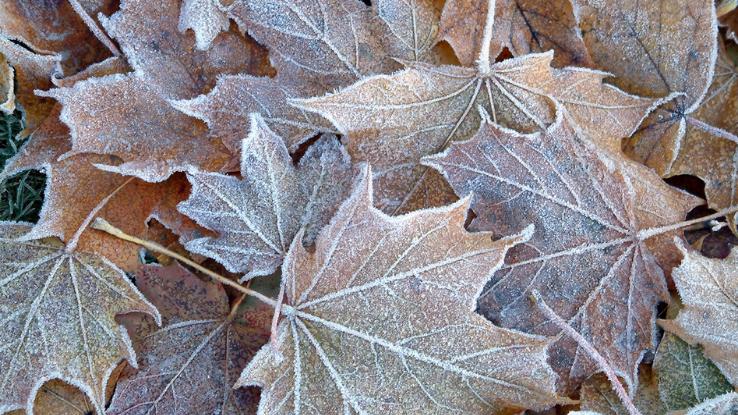
This winter-adjacent experiment highlights the process of salt crystallization for your student while potentially creating holiday decor for your home or a relative’s. To complete this activity, you’ll need salt, mason jars, pipe cleaners (or, if available, different colored leaves) and clothespins. The more iodized salt you have on hand for this one, the better. The salt in the warm water will eventually bond itself to the leaves or pipe cleaners, and your materials will look like they just made it through a frosty night.





